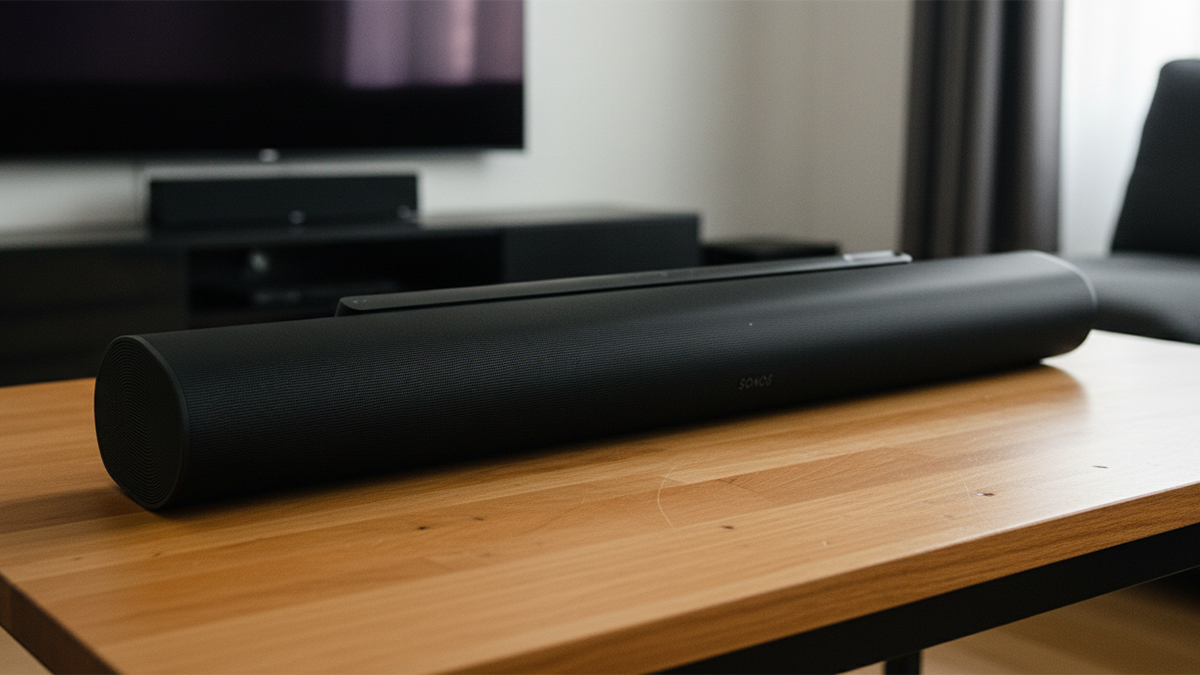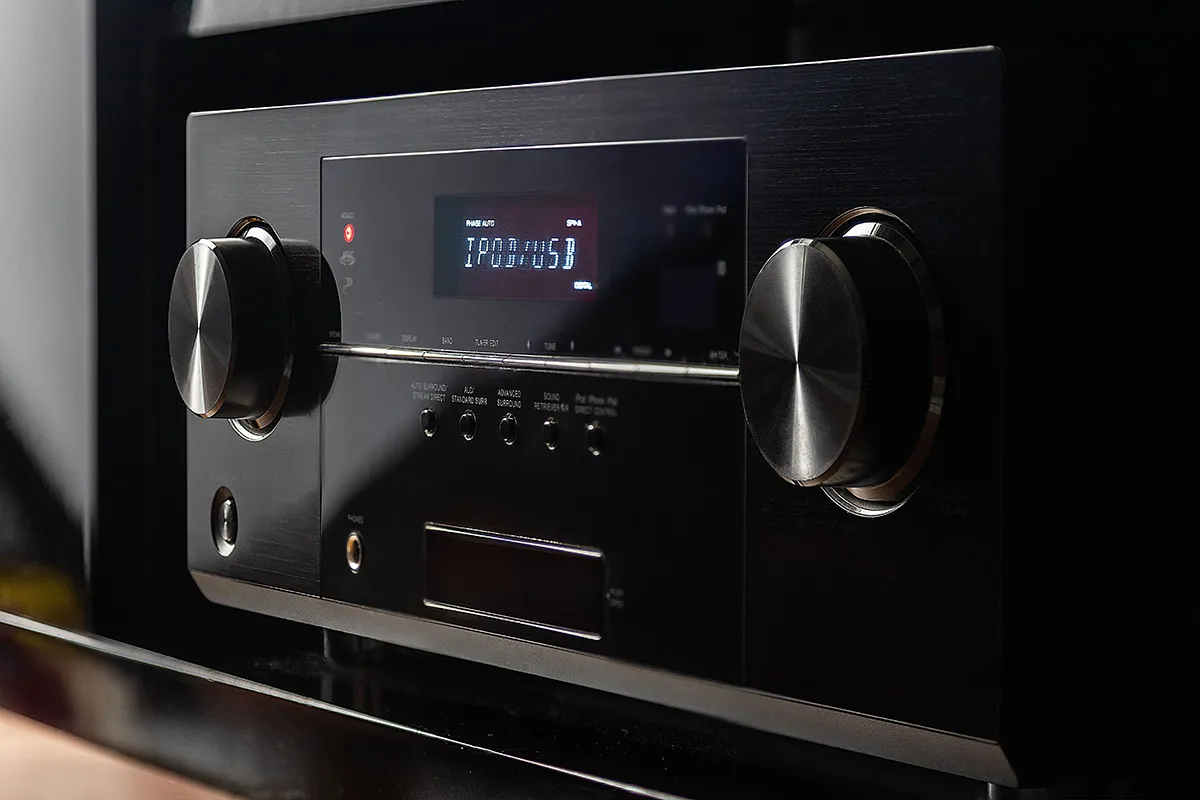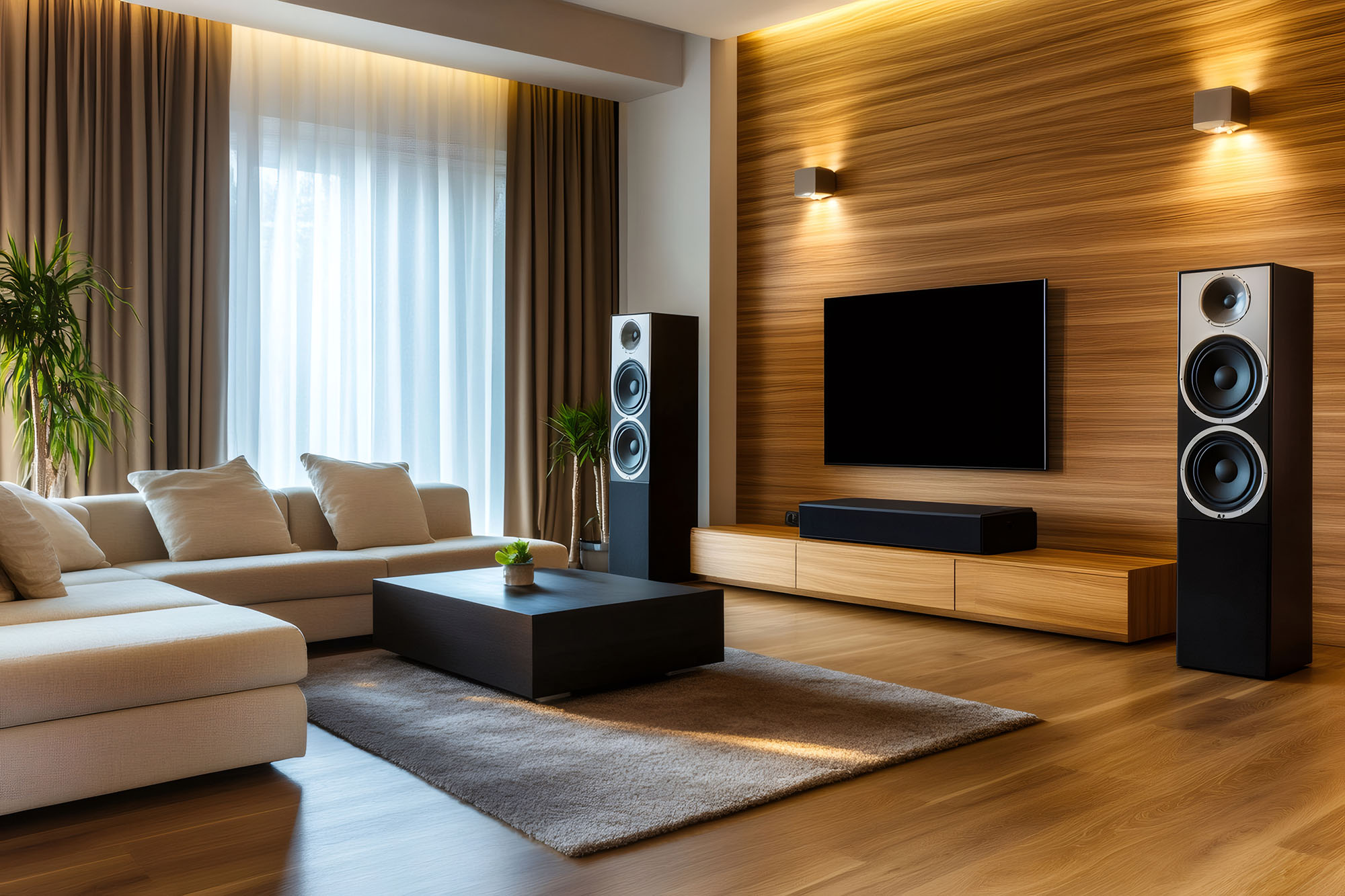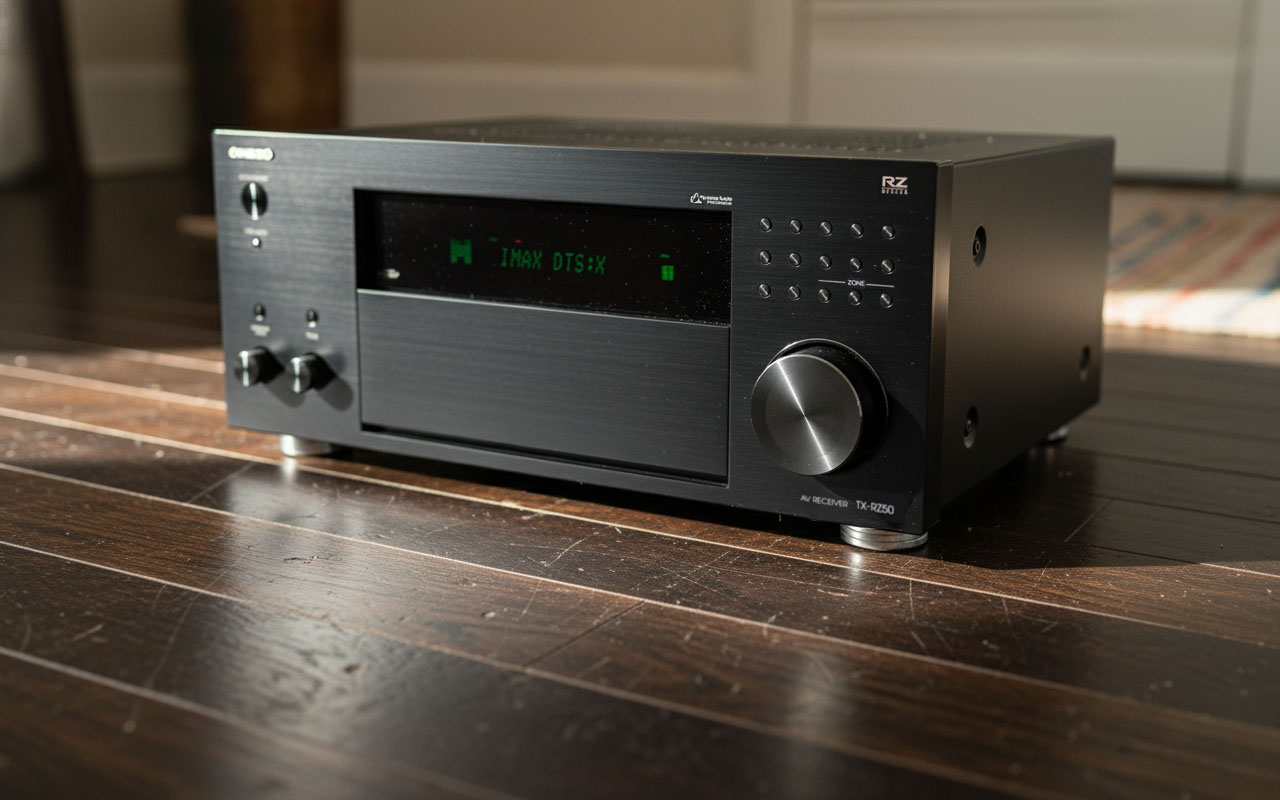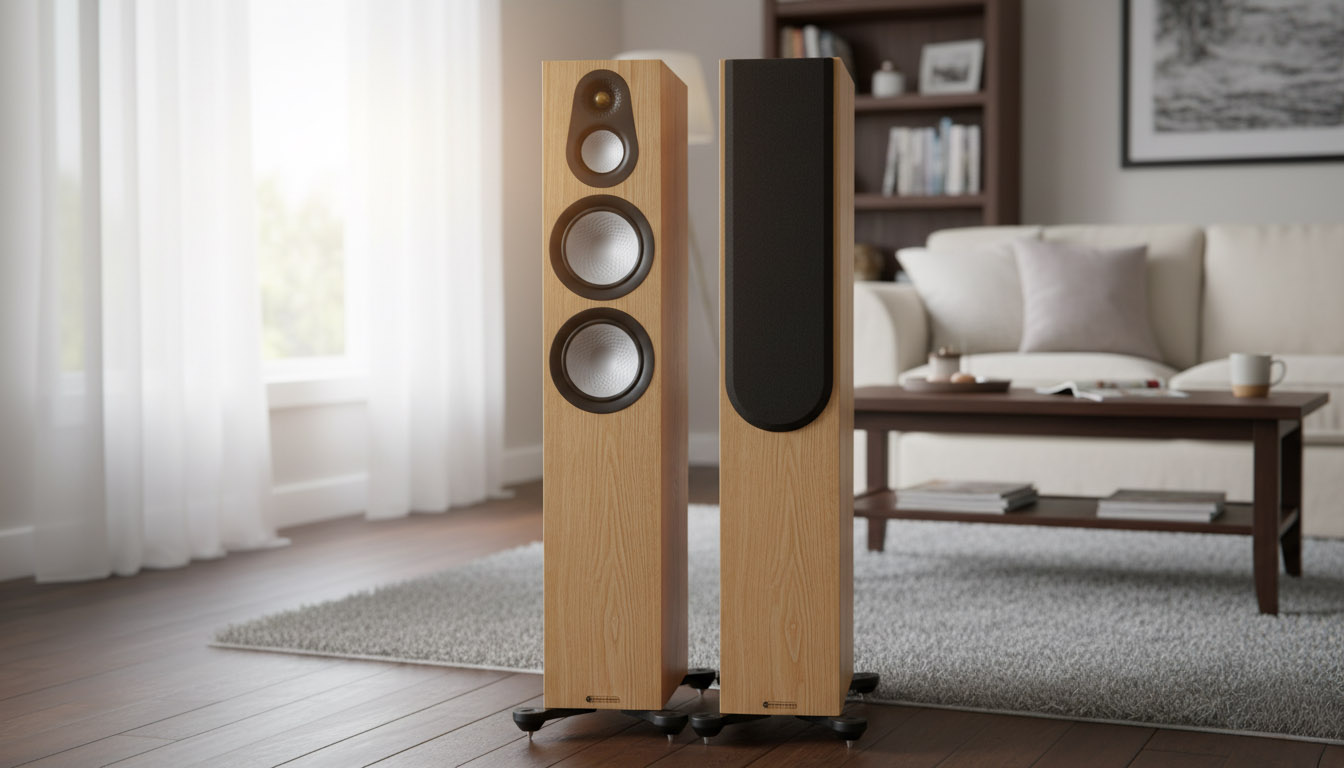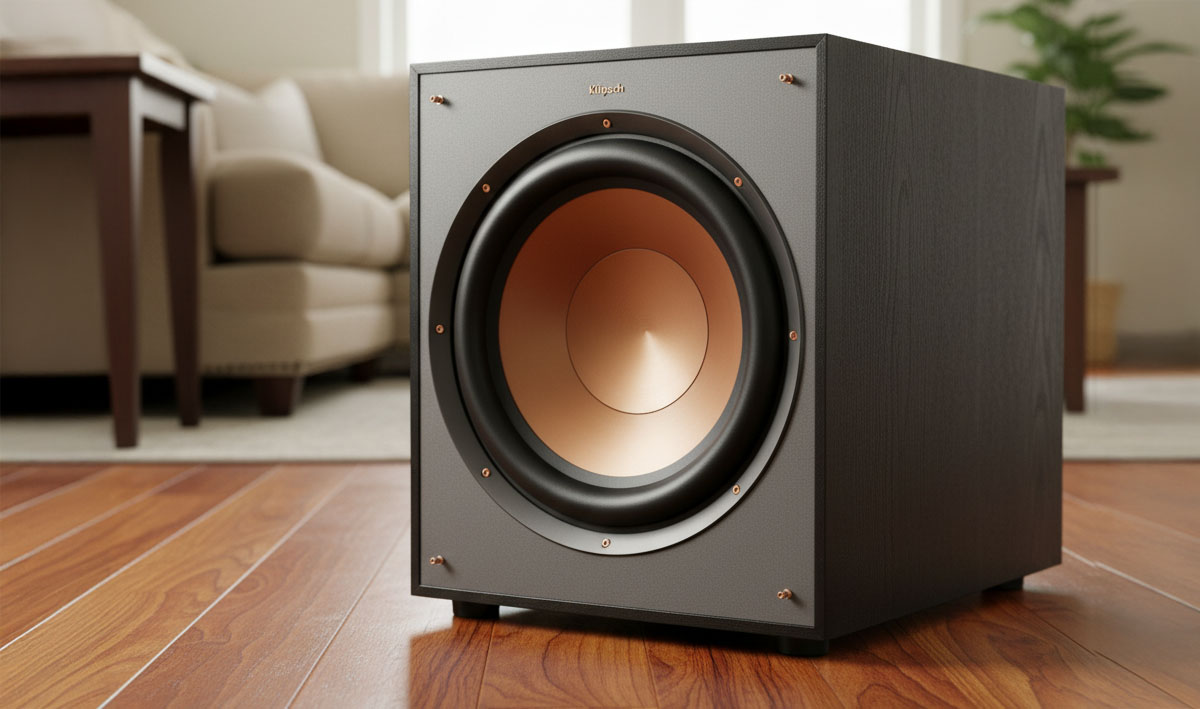Quick Take
Amazon’s Fire TV Soundbar Plus is the painless way to fix thin TV audio and make dialogue intelligible without building a full home theater. Owners highlight the fast HDMI ARC/eARC setup, a dedicated center channel that locks voices to the screen, and a convincingly wider presentation with Atmos and DTS:X content. As with any single-bar system, bass has real weight but not subwoofer thunder, and very large rooms expose its limits. For bedrooms, apartments, and average living rooms where clarity and simplicity matter, it delivers exactly what most people need and leaves an easy path to expand later.
Pros
![]() Crisp, boosted dialogue that makes shows easier to follow
Crisp, boosted dialogue that makes shows easier to follow
![]() Simple HDMI ARC/eARC setup with stable lip-sync
Simple HDMI ARC/eARC setup with stable lip-sync
![]() Four useful modes (Movie, Music, Sports, Night) that actually sound different
Four useful modes (Movie, Music, Sports, Night) that actually sound different
![]() Dolby Atmos and DTS:X for a roomier, more cinematic presentation
Dolby Atmos and DTS:X for a roomier, more cinematic presentation
![]() Straightforward upgrade path to add wireless sub and surrounds
Straightforward upgrade path to add wireless sub and surrounds
Cons
![]() No dedicated mobile app; adjustments are from the remote or compatible TV menus
No dedicated mobile app; adjustments are from the remote or compatible TV menus
![]() Bass is solid for a bar but can’t match a true subwoofer
Bass is solid for a bar but can’t match a true subwoofer
![]() Best in small to mid rooms; big open spaces reveal limits
Best in small to mid rooms; big open spaces reveal limits
![]() No built-in voice assistant or Alexa Home Theater pairing
No built-in voice assistant or Alexa Home Theater pairing
Introduction
If you’ve lived with flat TV speakers and constant captions, the Amazon Fire TV Soundbar Plus is designed to be the cure you can install in minutes. It’s a 37-inch, 3.1-channel bar with a dedicated center channel for speech, three full-range drivers, three tweeters, and two built-in woofers. It supports Dolby Atmos and DTS:X over HDMI ARC/eARC, includes optical input and Bluetooth for quick music, and offers a USB-A port on the back. Setup is one HDMI cable and power, then pick Movie, Music, Sports, or Night mode and press play. You can expand later with the matching wireless subwoofer and wireless surrounds to build a true 5.1 system.
Key Features of the Amazon Fire TV Plus Soundbar
The 3.1 architecture is the point. A dedicated center driver keeps voices intelligible when soundtracks get busy. In practice, that means fewer volume rides between whispers and explosions. The two integrated woofers add body to effects and sports, making broadcasts feel fuller than TV speakers ever can.
Support for Dolby Atmos and DTS:X gives compatible content a taller, wider bubble of sound. You won’t get pinpoint overhead placement like pricier bars with up-firing speakers, yet the Plus still projects a bigger, more immersive stage than simple stereo.
Connectivity stays friendly: HDMI ARC/eARC, optical, Bluetooth, USB-A, and AC power. ARC/eARC keeps audio in sync and lets your TV remote control volume and power. On many Fire TV models, you’ll also see simple bass/treble and dialogue controls inside the TV’s audio menu. There’s no dedicated mobile app, which some will miss, but it also means less fiddling and fewer menus.
Finally, the upgrade path matters. Out of the box it’s a 3.1 bar; add the matching wireless sub for deeper impact, then wireless surrounds to reach a full 5.1 without running speaker wire.

Listening Notes
On everyday TV, the Fire TV Soundbar Plus does more than “make dialogue clearer.” It changes where your attention goes. With the center channel doing the heavy lifting, spoken lines stay anchored to the screen even during noisy scenes. Consonants remain crisp while sibilants don’t hiss, so you can keep volume steady instead of see-sawing during ad breaks or action moments. Sports gain stadium air and separation: commentary stays intelligible while the crowd sits behind it instead of smearing over it.
Atmos and DTS:X don’t produce discrete overhead effects here, but they do widen and “lift” the front stage. At a typical sofa distance of 7 to 10 feet in small to mid rooms, effects pan more smoothly across the screen and the presentation feels larger than the bar looks. Sit closer than 5 feet and you start to hear left/center/right as separate sources; farther than ~12 feet the width holds, but bass weight drops unless you’re near a wall or you add the sub.
Bass is the honest limit. The integrated woofers bring satisfying thumps and mid-bass punch, which you feel on kick drums and impact effects. The very lowest notes and prolonged rumbles thin out at higher volumes. That’s the audible line between a strong all-in-one and a bar with a real subwoofer assisting.
Sound Quality & Setup
Dialogue clarity is the immediate win with most owners. The center driver locks voices in place so you can watch at normal levels without missing lines. Compared with smaller 2.0 bars, the Plus also throws a wider stage. Atmos/DTS:X tracks open up the front image, making streaming films feel more cinematic and giving sports and games more space.
Bass has credible weight for a single enclosure. Effects land with authority and music doesn’t sound thin, especially at reasonable volumes. Push very loud and you may hear a bit of strain on dense mixes; adding the matching sub lets the bar relax and keeps mids cleaner.
Setup is refreshingly painless. Plug HDMI into the TV’s ARC/eARC jack, power on, and choose a mode. Lip-sync remains stable in ARC/eARC. Issues people report almost always trace back to using the wrong HDMI port, leaving optical and HDMI active at once, or sending an odd output format from the TV. Move the cable to the ARC/eARC port, choose a single connection type, and set the TV to PCM or Dolby output; the gremlins go away.
Lack of an app sounds like a downside until you live with it. Mode changes are immediate from the remote, volume scaling is sensible at low steps, and Night mode does more than just lower the level: it tucks mid-bass while lifting vocal presence so speech stays intelligible at whisper-friendly volumes. Bluetooth pairing is quick for drop-in music; keeping Bluetooth and HDMI separate prevents handoff quirks. On compatible Fire TV models, basic tone trims in the TV menu put bass/treble tweaks one button-press away for everyone in the house.
Placement & Tuning That Move the Needle
Small changes deliver big returns:
- Set the bar flush with the TV’s front edge, not inside a cubby. Recessing kills width and softens dialogue.
- If the TV’s bezel blocks the bar’s line of fire, raise the TV by a half inch. You’ll hear the clarity jump.
- Start in Movie mode for streaming and films; in bright, reflective rooms, drop treble one notch. In very soft rooms, raise treble a notch.
- For late-night viewing, Night mode plus one click down on bass keeps voices intact without bothering neighbors.
- Add the matching sub if your room is 250–350 sq ft or you want theater-night intensity. Cross it where voices still sound natural; too high a crossover makes speech chesty.
What’s Different vs the Base Fire TV Soundbar
The standard Fire TV Soundbar is a compact 2.0 unit focused on clarity with virtual surround. The Soundbar Plus extends to 37 inches, steps up to 3.1 channels with a dedicated center and two built-in woofers, and supports Dolby Atmos and DTS:X. In practice, you hear steadier dialogue at higher volumes, a broader soundstage, and sturdier mid-bass.
Comparisons by Owner Impression
- JBL Bar 300 MK2: A 5.0 Atmos bar with more perceived output and an app for EQ and basic calibration. It plays bigger in larger rooms and offers more tweakability, though Atmos height remains modest without up-firing speakers. Dialogue focus isn’t as locked-on as a true 3.1 bar.
- Bose TV Speaker: A compact 2.0 bar built for speech intelligibility. It’s wonderfully plug-and-play for smaller rooms, but it lacks Atmos/DTS:X and the cinematic width you get from the Fire TV Soundbar Plus’s 3.1 layout.
Who Is It For?
Choose the Fire TV Soundbar Plus if you want a clean, quick upgrade that makes TV easier to follow and movies feel bigger in small to mid-size rooms. It’s ideal for households that value simplicity and may expand later with a sub and surrounds. If your space is large, or you want heavy low-20s bass and granular app-based tuning, step up to a bar with a bundled sub and room calibration.
Tips for New Owners
- Use the TV’s HDMI ARC/eARC port for control, stability, and Atmos/DTS:X.
- Don’t run Bluetooth and HDMI simultaneously; pick one connection.
- Start with Movie mode for streaming; switch to Night for late viewing.
- Keep the bar unrecessed; drivers need air for clarity and width.
- If music vocals feel sharp, try Music mode and reduce dialogue enhancement one step on compatible TVs.
- When adding the sub, re-check the TV’s audio output and bar mode; small setting changes can unlock cleaner bass.
Final Thoughts
The Amazon Fire TV Soundbar Plus does exactly what most homes need: it rescues dialogue, widens the stage, and keeps setup painless. It won’t replace a separates system, and it’s not for app-obsessed tweakers, but it makes everyday TV, sports, and streaming movies better in minutes. If the upgrade bug bites later, the matched sub and surrounds take it from “better TV sound” to a credible movie night without rewiring the room.
FAQ
Does it support Dolby Atmos and DTS:X?
Yes. Use the TV’s HDMI ARC/eARC port and compatible content to enable Atmos and DTS:X.
Is there a mobile app or Wi-Fi control?
No dedicated app is included. Adjustments are via the remote or (on compatible TVs) simple audio settings.
Does it have built-in voice control or Alexa Home Theater support?
No built-in voice assistant is advertised, and it isn’t positioned as an Alexa Home Theater device. Plan to use the remote.
What are the dimensions and weight?
Approximately 37 x 5.2 x 2.5 inches and about 8.8 lb for the bar.
What ports does it have?
HDMI ARC/eARC, optical, Bluetooth, USB-A, and AC power.
Can I expand to real surround?
Yes. Add the matching wireless subwoofer and wireless surrounds for a 5.1 setup.
What if dialogue is still too sharp on music?
Switch to Music mode and lower dialogue enhancement one step in compatible TV menus.
Teksignal.com participates in the Amazon Services LLC Associates Program, an affiliate advertising program designed to provide a means for sites to earn advertising fees by advertising and linking to Amazon.com. The reviews on this site are hands-off consensus reviews. We analyzed owner feedback across the internet and manufacturer documentation. We summarize sentiment; we do not republish individual user posts.



